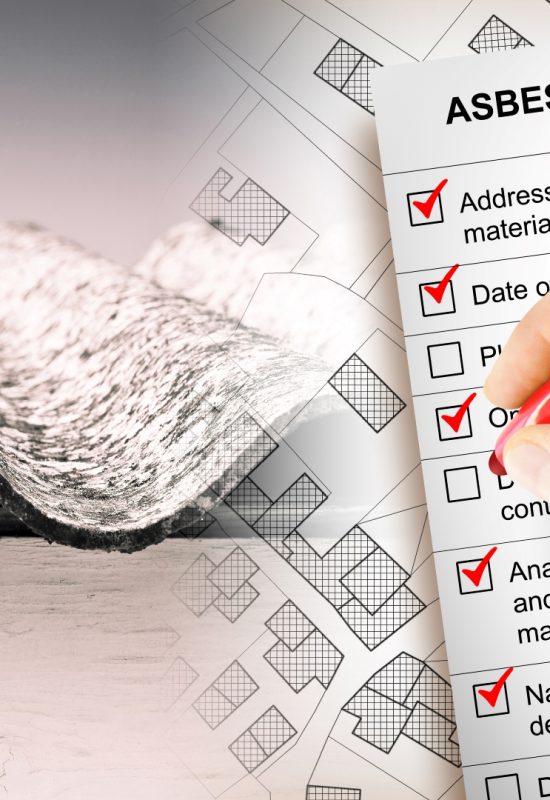C&M ENVIRONMENTAL SERVICES
Safe Asbestos Solutions
1-2 The Grange
High Street, Westerham, Kent, TN16 1AH
High Street, Westerham, Kent, TN16 1AH
As a professional asbestos survey company, C&M Environmental are dedicated to safeguarding your property through comprehensive asbestos surveys. We are well-versed in all regulations and ensure their stringent adherence. Our surveyors are trained and certified by BOHS/RSPH, bringing years of practical field experience in asbestos testing to the table.
We pride ourselves on our commitment to asbestos awareness, ensuring that each project we undertake is handled with the utmost precision and care. All our surveys adhere strictly to the guidelines set out by HSG264 Asbestos: The Survey Guide.
Our dedication to clarity and quality extends to the detailed, easy-to-read reports of all sample results.
To ensure that all required information is obtained, we provide on-site consultations to conduct asbestos surveys and provide concise and easy-to-read reports. Our professional asbestos surveying and removal services are designed to keep your project safe and compliant with all regulatory obligations.

This image is for illustration purposes and is not entirely exhaustive of where you may find asbestos.

Additional areas you may find asbestos
(AIB – Asbestos insulating board)